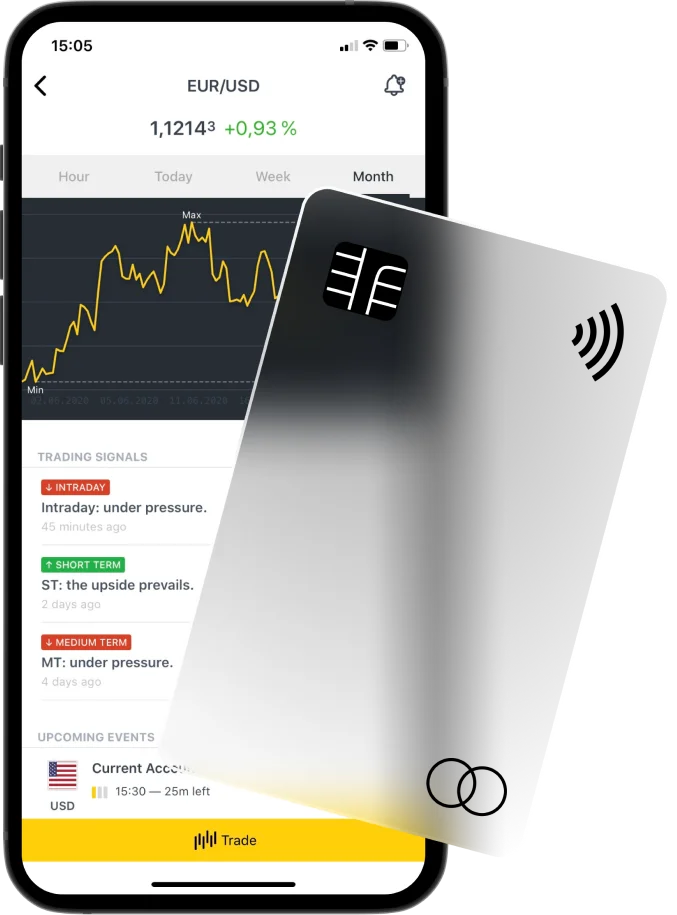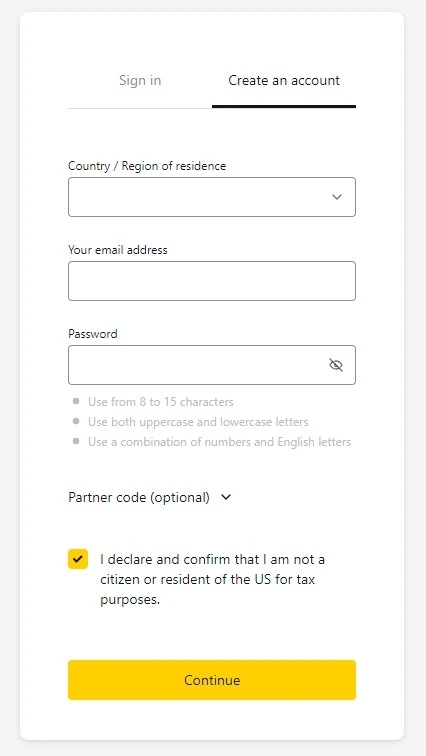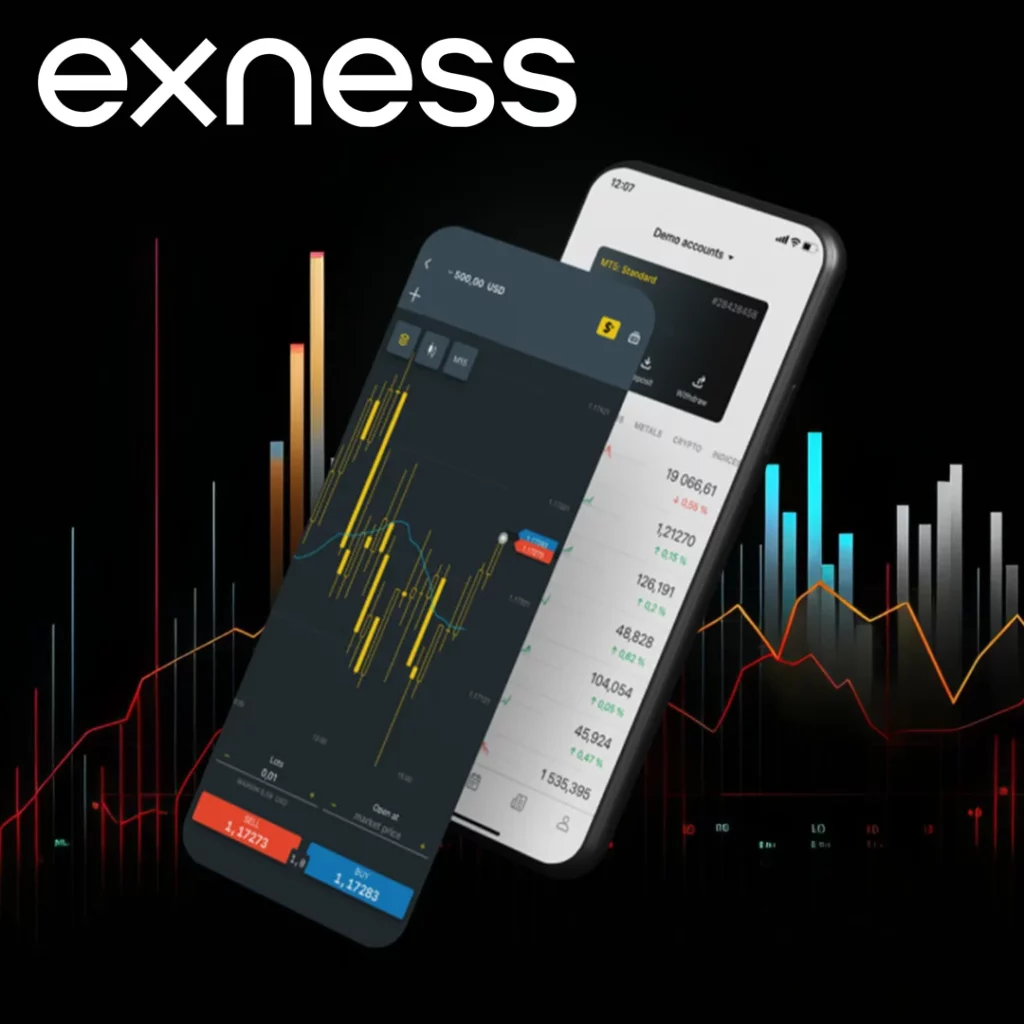
Exness Indices CFD Trading
Trading indices through CFDs is a flexible way for traders to participate in the overall market without buying individual stocks. Exness offers strong tools and platforms for index trading, allowing traders to bet on market trends and use global economic shifts.
What are Indices Trading?
Trading indices is about guessing stock group price changes. Indices track stock group performance, giving traders a market health view. Instead of buying single stocks, traders bet on overall index performance, simplifying sector exposure.
Key Characteristics of Indices
- Differences: Trading lots can lower danger by spreading it out. It’s simpler than trading one thing.
- Measuring: Lots let you see how good a stock or the whole market is doing. It lets traders know if they are making smart picks.
- Money Flow: Big lots are easy to buy and sell quickly and at known prices.
- Changes: Lots move less than single stocks, but big changes in the world can still make prices move a lot.
Why Trade Indices with Exness?
Trading market numbers with Exness has a lot of good things for both new and old traders:
- Reach Big Numbers: Trade a wide range of global assets from the USA, Europe, Asia, and more.
- Good Prices: Enjoy low spreads, helping you save on trading costs and increase profitability.
- Big Borrowing: Leverage allows you to amplify your trades, potentially increasing profits (but also risk).
- Fancy Trading Places: Traders can use fancy places like MetaTrader 4 and MetaTrader 5, which have good tools for thinking, trading by itself, and getting live numbers.
- Strong Help and Things: Access extensive educational materials and support to enhance your market knowledge and improve your trading strategies.
How to Get Started with Indices on Exness
Using Exness to trade stock groups is simple. It’s made for all traders, whether they’re just starting or have experience. Here’s a guide to help you create an account, explore the stock groups, and make your first trade on Exness.
Setting Up Your Exness Account
- Go to the official website. First, find the front page.
- Sign up for an account. Click on ‘Open Account’ or ‘Sign Up.’ You’ll need to give basic info like your email and password.
- To meet rules, you must show your ID and where you live. This needs you to upload papers like an ID and a bill or bank note.
- Pick the account type that suits your style and likes best. The broker has a few types, each with its own good parts.
- Put cash in your account with one of the ways. Pick a way that works best for you.
Navigating the Indices Market on Exness
- Use trading website: When you have set up and put money in your account, go to your favorite trading website. Exness has both MetaTrader 4 and MetaTrader 5.
- Look at different indices: Check out the different indices available for trading. The broker gives lots of big global indices. Think about what you want and pick ones that fit your plan and goals.
- Get help from tools: Use the tools Exness gives you to study the indices market. This means you can use charts, tech signs, and see news and real-time data that can change index prices.
Executing Your First Indices Trade
- Make a Plan: Study the market, make a plan for trade. Pick an index to trade, choose when to get in and out, set limits to manage risk, like stop-loss and take-profit.
- Do the Trade: Go to the trade part on your tool, pick the index, put in the trade details, like size and risk orders.
- Watch the Trade: When you do the trade, watch the market. See how the market moves the index price, and change your trade as you need with the tool.
Indices Market Conditions on Exness
Exness has good conditions for trading indices. This can really affect how traders do and plan. Knowing these conditions well is key for doing well in the indices markets.
Spreads
- Spreads show the gap between the selling and buying price of an index. It’s the fee for starting a position. Exness has narrow spreads, cutting trading costs and possibly raising profits, particularly for big traders.
Swaps
- Swaps are extra fees for keeping trades overnight. They show the cost or gain from holding a trade after the market closes. Swaps can be good or bad, based on the trade’s direction and current interest rates. Exness gives exact swap rates on the trading platform.
Dividends
- Dividends are profits given by companies in the index. If these companies pay dividends, it can change the index value and thus the index CFDs. Traders holding index CFDs on Exness may see changes in their accounts to show dividend payments, copying the effect of owning actual stocks.
Fixed Margin Requirements
- Fixed rules about the least money needed to start and keep a trading position. They help the broker guard against possible losses. Exness gives set rules for margin requirements for trading stock indexes. This makes it clear and expected how much money is needed for trading.
Stop Level
- The stop level on a trading platform is the shortest distance from the current price. Here, stop loss or take profit orders can be put. This stops orders from being too near and getting carried out due to usual market changes. Exness sets certain stop levels for different indices. These can be seen in the trading platform’s details for each thing.
Indices Trading Hours
- Trading times for market stuff on Exness depend on the kind of market stuff being traded. They are usually the same as the hours of the markets they come from. For example, the times for trading US market stuff are the same as the New York Stock Exchange, and for European market stuff, they’re the same as their own markets. Traders can find the exact trading times for each market item on the Exness platform. This helps them know when they can trade the market stuff they pick.
Popular Indices on Exness CFD Trading
Exness lets you trade on different world market numbers. You can bet on how well the main parts of big countries are doing. These are a few top numbers you can trade with Exness.
Dow Jones Industrial Average (DJIA)
The Dow is made of 30 important stocks from NYSE and NASDAQ. It shows how well the United States factories are doing. It’s very old and lots of people look at it. The Dow changes when important money and business things happen, like how much factories make and big political things.
NASDAQ Composite
This list has over 3,000 stocks from US and foreign tech and internet-related firms on NASDAQ. It mainly focuses on tech companies. The NASDAQ Composite is very responsive to news about tech progress, rule changes in tech, and changes in consumer tech behavior.
FTSE 100
The “Footsie” is made of the top 100 companies on the London Stock Exchange (LSE). It shows how the UK stock market and economy are doing. The FTSE 100 goes up and down based on economic predictions, Brexit news, and global trade that affects the UK market.
DAX 30
The DAX 30 has 30 big German companies on the Frankfurt Stock Exchange. People use it to see how well the German economy and the bigger European market are doing. Germany’s economic data like GDP growth, jobs, and manufacturing info can change how the DAX 30 moves.
Nikkei 225
This list shows 225 best companies on the Tokyo Stock Exchange and is a signal of how well the Japanese stock market is doing. The Nikkei 225 reacts a lot to exchange rate shifts, especially the JPY/USD pair, and Japan’s bank rules.
Strategies for Trading Indices
- Mix It Up: Trade a mix of indices. This spreads the risk. Not all markets move the same way when big events come up, so it helps make up for wins and losses.
- Trading Tip: “Go with the flow.” One way to trade well is to follow where the market is going. Tools like moving averages can help see if an index is up or down and decide when to join or leave.
- News Watch: Index trading gets moved by news. So, watch out for big money news, firm reports, or big shifts in politics to find trades that can pay off.
- Skill Tools: Use RSI, MACD, or Fibonacci lines to help decide when to start or stop a trade.
- Safety Plays: Use index CFDs to block losses from other trades. If you have stocks in an index and think the market is set to go down, you can “bet” on the index to stop losses.

Start Trading Indices with Exness Today



